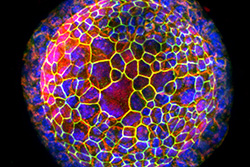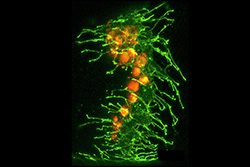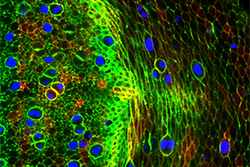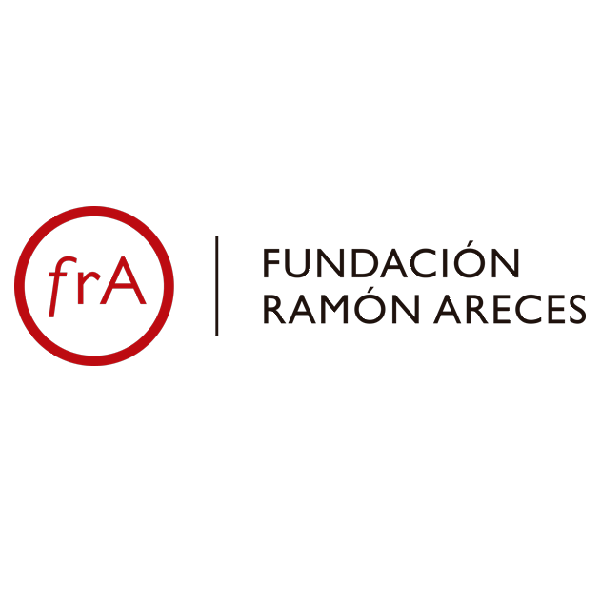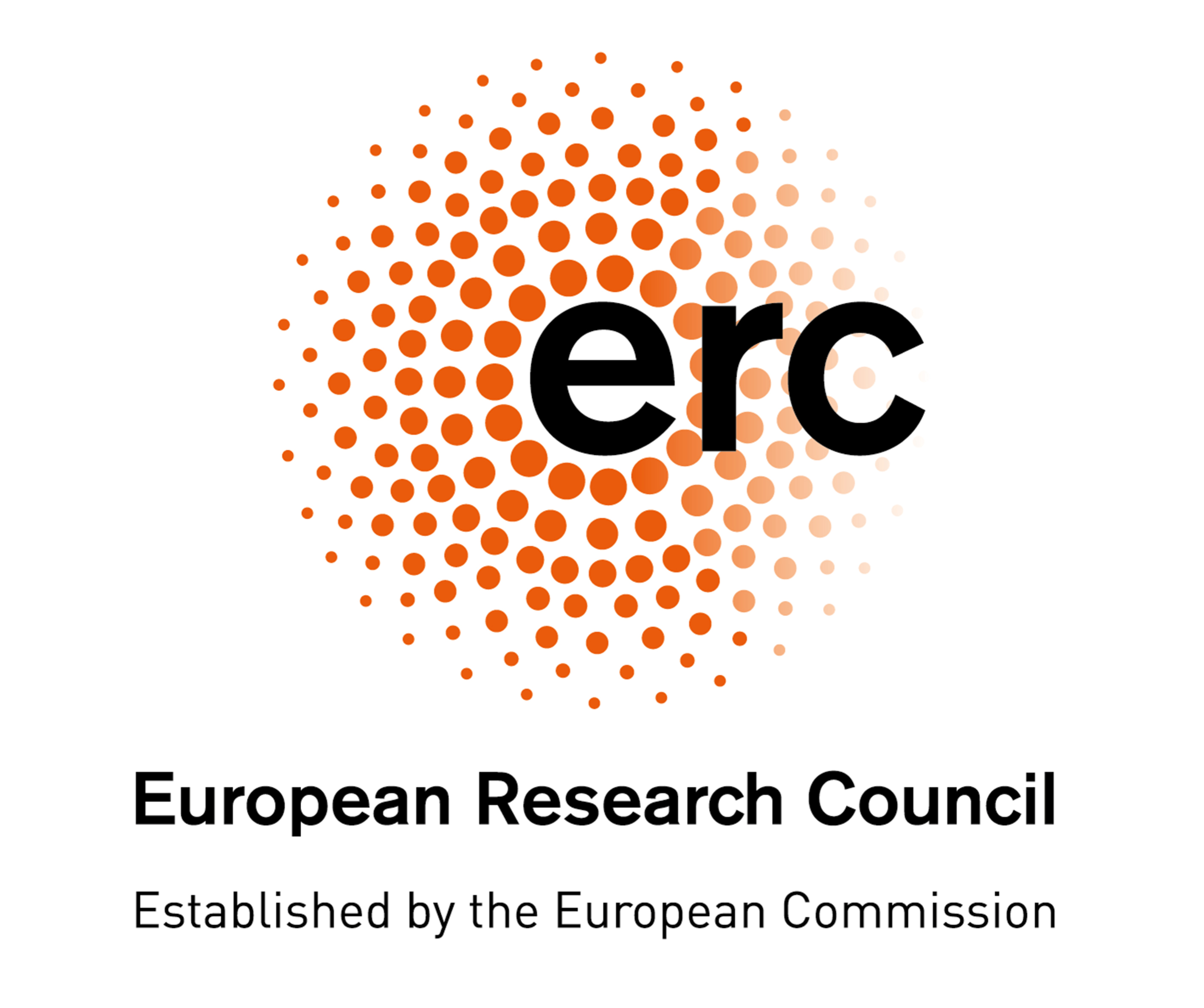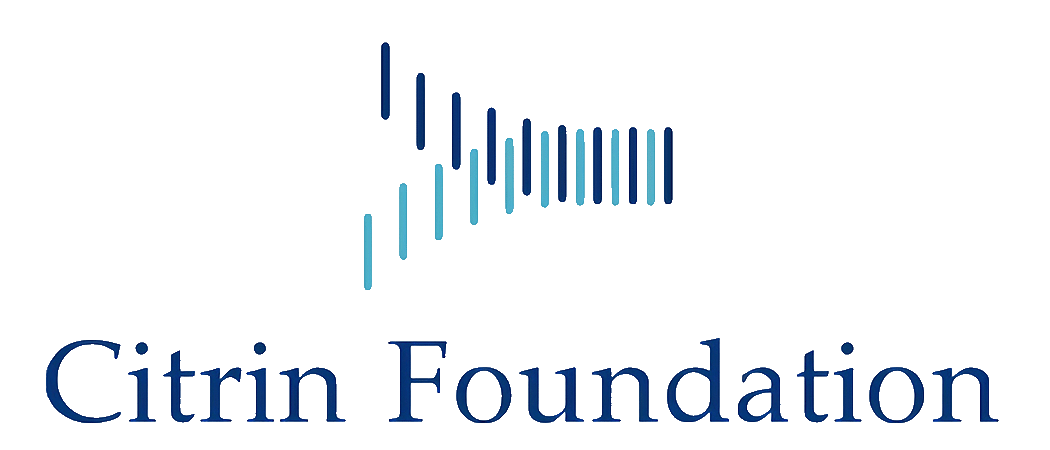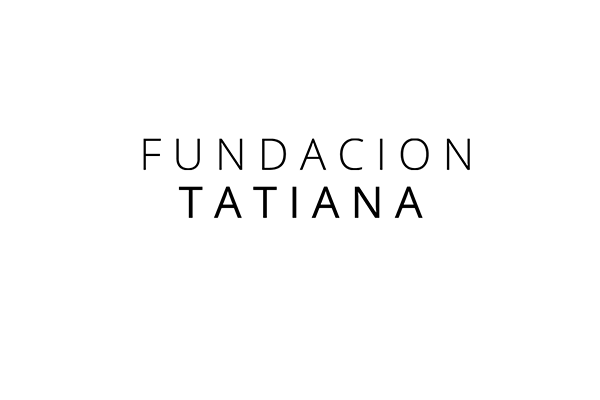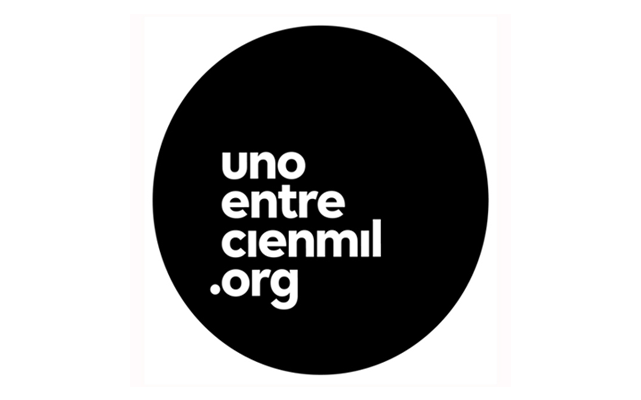Homeostasis de tejidos y órganos
Director: Fernando Martín Belmonte
Multicellular organisms are composed of a large number of cells (about 30 trillion in humans), which are organized in tissues and organs, kept together by tissue-specific extracellular matrix. Each tissue has a highly specialized function, acquired during development through a network of regulatory mechanisms. These mechanisms also establish local and systemic signals that ensure exquisite tissues’ coordination in response to the physiological needs of the organisms and their interaction with the surrounding environment. The Tissue and Organ Homeostasis Program gathers together three Units interested in understanding how tissue and organ organization is achieved, maintained and adapted in response to damage, diseases or physiological aging of the individuals. The different ongoing research projects address these fundamental issues at the molecular, subcellular, cellular and systemic level using multidisciplinary approaches (molecular, cellular and system biology, biochemistry, in vivo imaging, experimental embryology and mathematical modeling) and a variety of in vitro (i.e. cell lines, pluripotent cells, primary cell and tissue cultures, organoids) and in vivo experimental models (i.e. Drosophila, zebrafish, rodents). Through joint, national and international collaborative research, the program seeks to identify those mechanisms that could be exploited to prevent and treat diseases, induce tissues’ regeneration and improve the quality of life of aging individuals.

